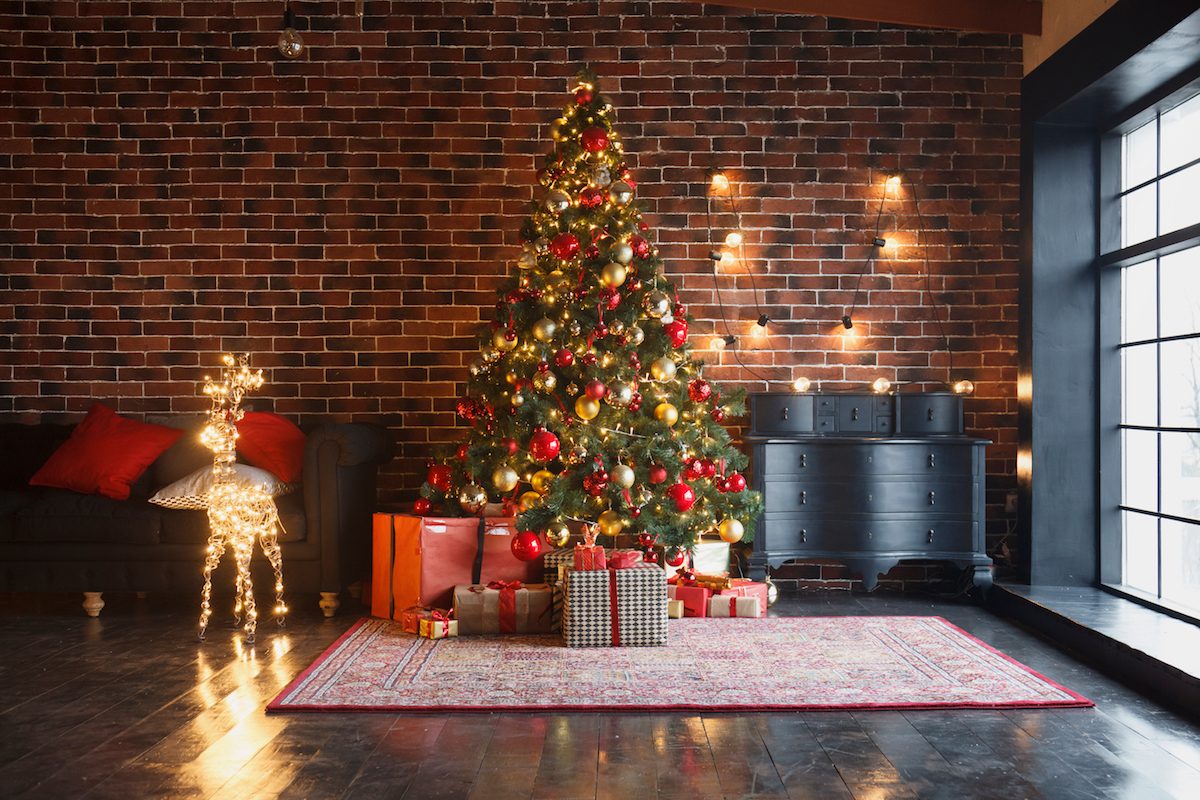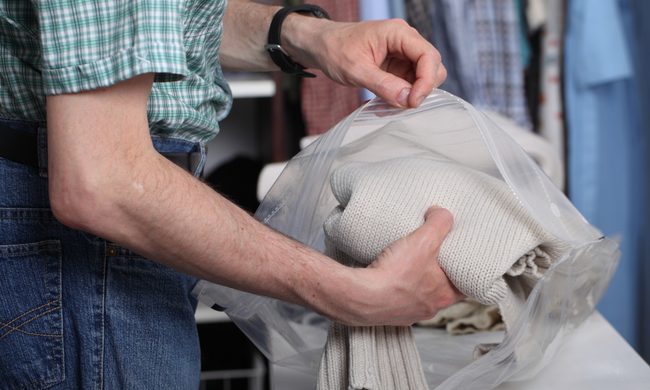If you’ve spent so much time and effort into pursuing your Christmas decoration ideas, then you might feel a little reluctant to take your Christmas tree down. When to take it down is a very personal choice if you are a big fan of the holidays. If you are like me, you wait all year to put the tree up, so taking it back down just feels like one giant disappointment.
According to some Christian traditions, all Christmas decorations are meant to be taken down on the “Twelfth Night,” also known as “Three Kings Day.” The twelve days of Christmas actually begin on Christmas Day, and the Twelfth Night lands on January 6. Prior to our marriage, I would keep my tree up for as long as humanly possible and I always put my tree up the day after Thanksgiving. Now, slowly, as I broke my husband into my love of the festive period, it went up one or two (or five) days before Thanksgiving so he could take it down on the 6th. I consider it a win-win for both of us.
But when is the best time to take down your tree? The answer partially depends on whether you are a real tree or faux tree person. Fresh-cut trees usually last about four to five weeks if you’re watering them properly. If you’re not great about remembering to water your tree, throw it out at the first sign of it being dry throughout. Dry trees can easily catch fire, so be sure to take the tree down within four weeks of putting it up.

If you have garbage removal companies that set a “drop dead” date for real trees, you may want to make sure your tree is out by then. You can’t throw out your natural tree with your regular garbage, so, unless you own a wood chipper or live on multiple acres where you can throw it into the woods without raising eyebrows, you need to put your tree out on the specified date. If you plan on rolling the dice and leaving your dead tree at the top of your driveway hoping your garbage company has pity on you and eventually takes it away, I’m telling you from experience this will not happen.
If you have a fake tree, you don’t really need to worry about anything other than the judgmental looks of guests if you decide to keep your tree up through June. But if you’re of the mind that leaving your tree up after the new year is bad luck, taking your tree down before midnight on December 31 may be the way to go to avoid bringing misfortune from the old year into the new.
If you have an artificial tree and don’t have the desire or energy to take it down, you’re gonna want to check this out. A mom of two from Minnesota decided she’d had it with the yearly tree set up/take down shenanigans, so she did what any busy mom would do. She solved the problem herself by wrapping it — decorations and all — in plastic wrap and carrying it down to her storage room. This genius idea may give you just the motivation you need to finally take your tree down.

Of course, the bottom line is you should take down your Christmas tree when it’s the most convenient time for you and your family, and when you’ve come to terms with the fact that the holidays are over. If that means the day after Christmas, New Year’s Eve, or whenever the mood strikes, that’s fine – there’s no “correct” answer. It’s a personal choice so if you have the option to get rid of your tree whenever you fancy, that’s the road to take.
If you just can’t accept a world where it can’t be Christmas 24/7/365, you should just pack up and move to North Pole, Alaska. This 2200-person town is considered Santa’s home-base. The town features several festive landmarks like Santa Claus Lane, Kris Kringle Drive, and also has a massive Santa Claus house that’s open year-round. You’ll definitely feel the cold of the holidays but you’ll be surrounded by lights and trees and you get to tell everyone you know you literally live in the North Pole!



